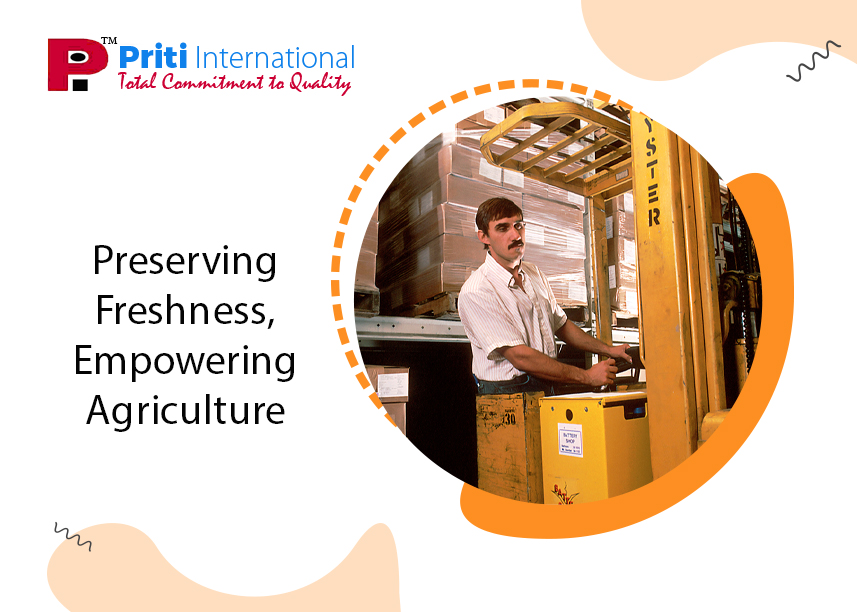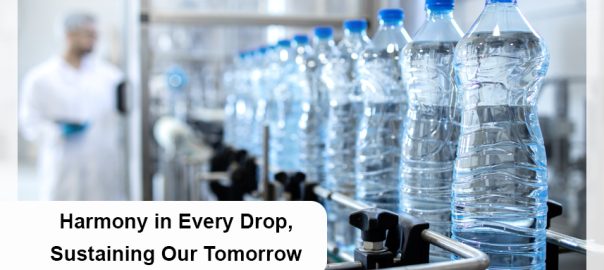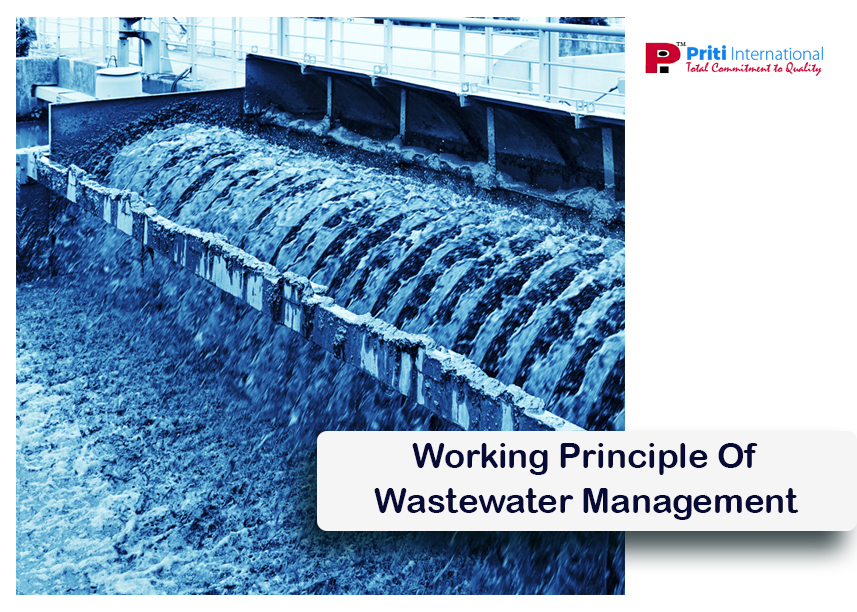In the heartland of West Bengal, a revolutionary initiative is taking shape – the Cold Storage Project. This project has emerged as a game-changer for both farmers and consumers alike, transforming the agricultural landscape of the state.

West Bengal Cold Storage:
Specialized Cooling Facilities:
A West Bengal cold storage is a specially designed room with precise temperature control facilitated by advanced machinery and instruments. It ensures the preservation of perishable goods at low temperatures, extending their shelf life.
Integral to Potato Farming:
In West Bengal, cold storage plays a crucial role in the potato farming business. It serves as a value-added component, allowing farmers, traders, and wholesalers to store potatoes for extended periods, preventing spoilage and ensuring a continuous supply to the market.
Facilitates Price Stabilization:
The cold storage method stabilizes the prices of farmed products by enabling storage and controlled release into the market. This ensures a steady supply throughout the year, reducing price fluctuations due to seasonal variations in production.
Tripartite Agreements for Benefits:
In the context of cold storage in West Bengal, there are tripartite agreements that outline benefits for stakeholders. These agreements establish the terms and conditions for utilizing cold storage facilities, aiming to create a mutually beneficial environment for farmers, traders, and storage providers.
Access to Cold Storage Loans:
Individuals and companies in West Bengal have the option to avail of secured cold storage loans for the acquisition of cold storage warehouses. These loans provide financial support, allowing entrepreneurs to invest in cold storage infrastructure and contribute to the agricultural value chain.Â
Fostering Technological Advancements:
The project incorporates cutting-edge technology in cold storage facilities. This not only improves the efficiency of storage but also sets a precedent for the integration of modern agricultural practices and technologies in West Bengal.
Priti International:
At the forefront of this transformative movement stands Priti International. With their expertise in cold storage solutions, they have been instrumental in setting up state-of-the-art facilities across West Bengal. Priti International’s contribution has been pivotal in making this project a resounding success. Beyond the agricultural community, consumers also reap the rewards. They now have access to fresh, high-quality produce year-round. This not only enhances their dietary choices but also supports the local economy.
Final Words
The Cold Storage Project in West Bengal is a testament to the power of innovation in agriculture. It is a boon for farmers, empowering them with tools to optimize their harvests. By addressing critical challenges faced by farmers and consumers alike, it stands as a testament to the potential for strategic initiatives to drive positive change in the agricultural sector.



